We take a closer look at the Robbers Cave experiment, which shows how the relations between groups can be manipulated, causing intense conflicts in the scientific world apart from ethical debates.
The two groups completely make enemies What do you need for? Or, more importantly, the ice between the two groups, which were so deeply hostile to each other, was later again can it melt These questions, which were wondered by a researcher of Turkish origin in the 1950s and have much deeper issues behind them, were asked by both society and scientists. questioned led to an experiment.
Muzaffer Sheriff (Muzafer Sherif) The name of the experiment in question, which was carried out by 12-year-old children and used as subjects. Robbers Cave. This name also comes from the area where the experiment was conducted. The experiments, which caused Sharif to be subjected to harsh criticism, came in a series of three. If you’re ready, let’s go from the original experiment to the famous Robbers Cave experiment.
The first experiment was conducted in 1949 at the Middle Grove camp with 24 children aged 12 years.
The University of Akron
The children’s origins, races and ages were the same so that there was no difference due to the difference.
In the first stage, ties were formed with camp activities and friendships were started and strengthened. Then 24 children were divided into two groups. Therefore, friends were also separated.
In the second stage, the groups only amongst themselves was able to interact. Friendships and hierarchy formed. After that, the children mostly replace the other group. with theirs chose to be
In the third stage, between groups competitions Edited. Here, it was observed that the groups saw each other as if they were enemies.
At the end of the experiment, a common goal was presented to unite the two groups.
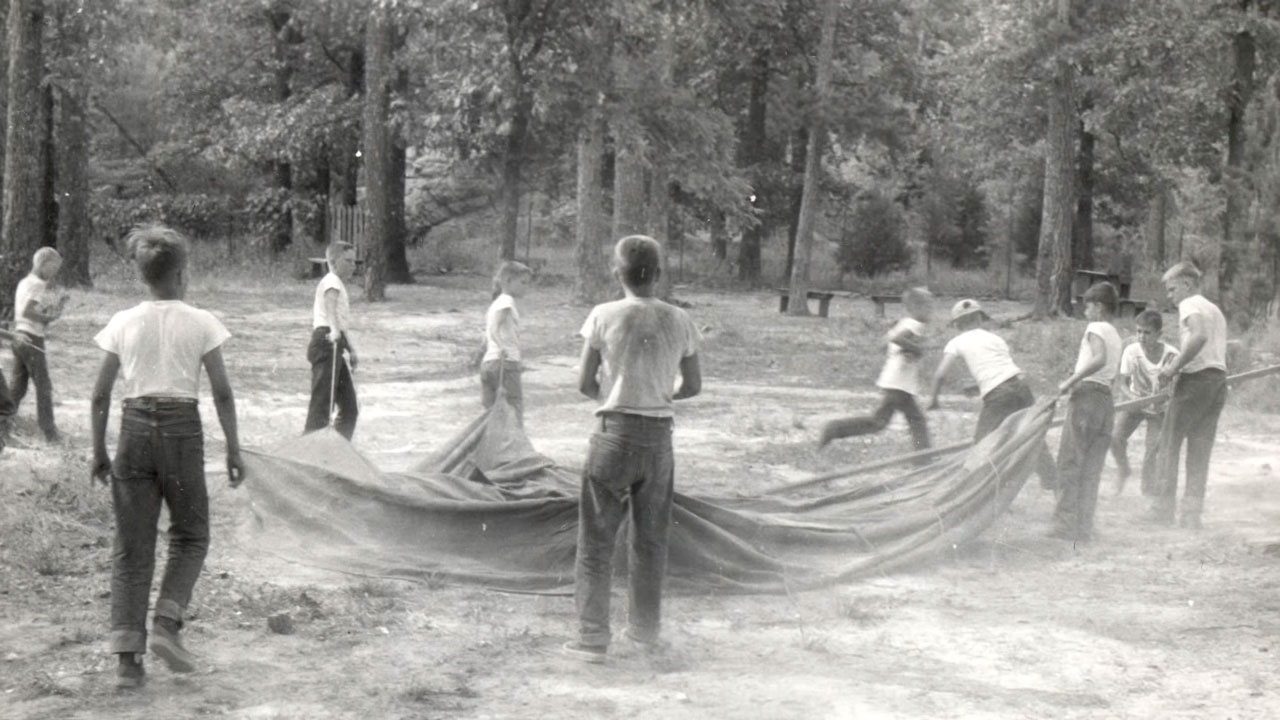
Cummings Center for the History of Psychology
For this reason, while the friction between them continued, they defeated a team from outside the camp in a sports competition and the experiment remained like this.
Later in 1953 The experiment was repeated with more detailed observations, but in the second stage the experiment was interrupted. This is because the children noticed the experiment and the researchers was walking on. This must be the result of hanging easily visible microphones all over the camp and leaving the notebook in which the observations are written.
In the summer of 1954, the Robbers Cave experiment appeared.
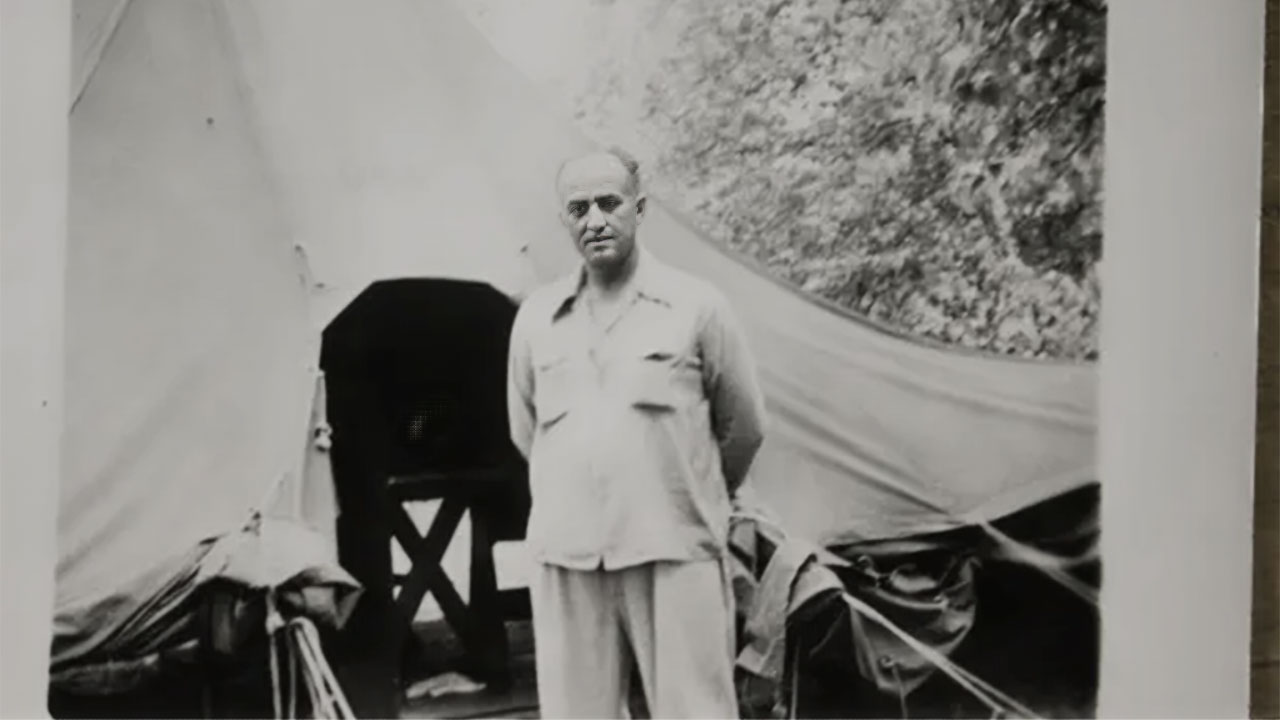
Sheriff in Robbers Cave camp / Improved resolution with AI
Again, 22 children from different schools, who did not know each other, were selected. These children were first followed in schools. After each school 5 to 6 children He was selected and taken to the camp.
Visiting children is prohibited for parents in the camp.
In the first stage of the experiment, in which the method in other experiments was copied, it was ensured that in-group bonds were formed and strengthened with different activities. At this time, the groups did not know about each other. The children created group names and flags for themselves. In this context, the name of a group eagles (The Eagles) is the name of the other rattles (The Rattlers).
The first matches have begun.
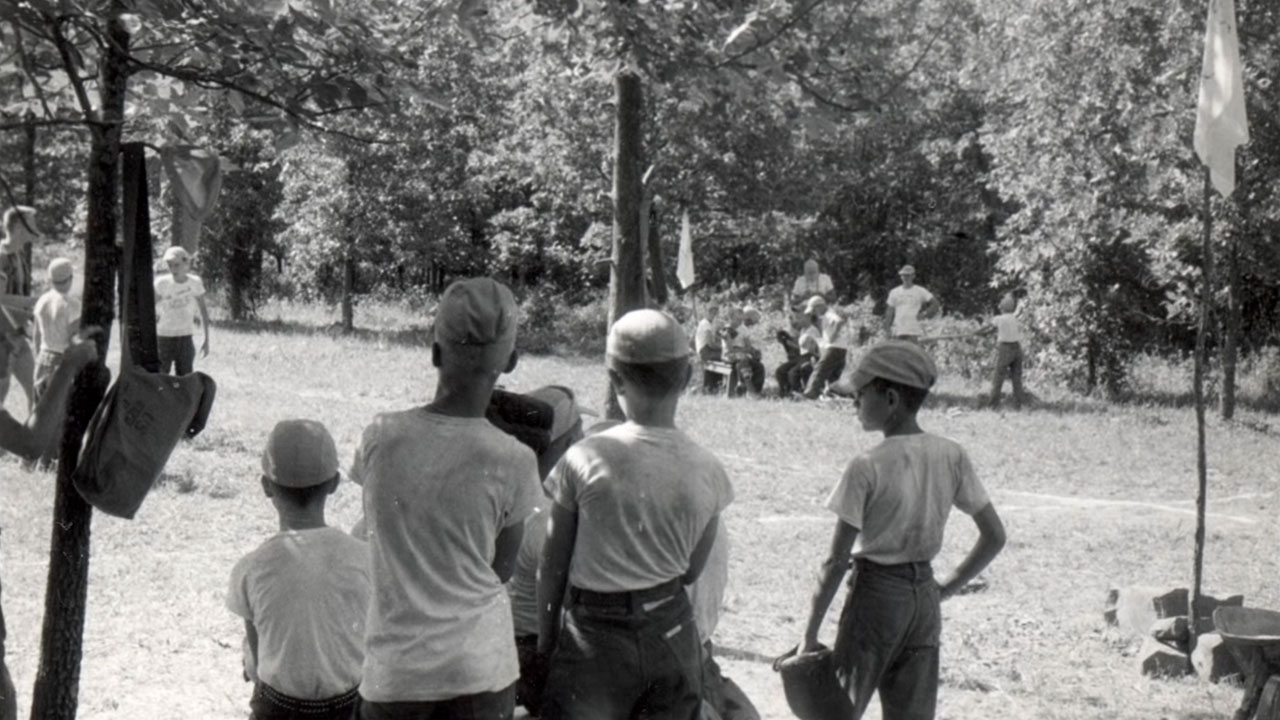
Towards the end of the first week, the children exploring began to run into each other, and at one point it was confirmed by camp officials that there was another group in the area. each other quickly marginalizing a flaming conflict between groups arising from reasons such as when one has some possibilities while the other does not. competitive environment started to form. This paved the way for the second phase where things will heat up.
In the second stage, called Friction, the researchers, disguised as camp leaders, talked to separate groups. As a result, it will prove who is better. competitions created. In the second stage, the groups that came face to face with their flags were quite against each other. aggressive They called each other and called each other names.
At this stage, which includes competitions such as tug-of-war, the groups became even more ambitious when prizes such as trophies and knives were promised to the winning group. In the early stages of the competition, where the competition continues and the aggressiveness increases. The rattles won.
But as the competition progressed, the situation worsened.
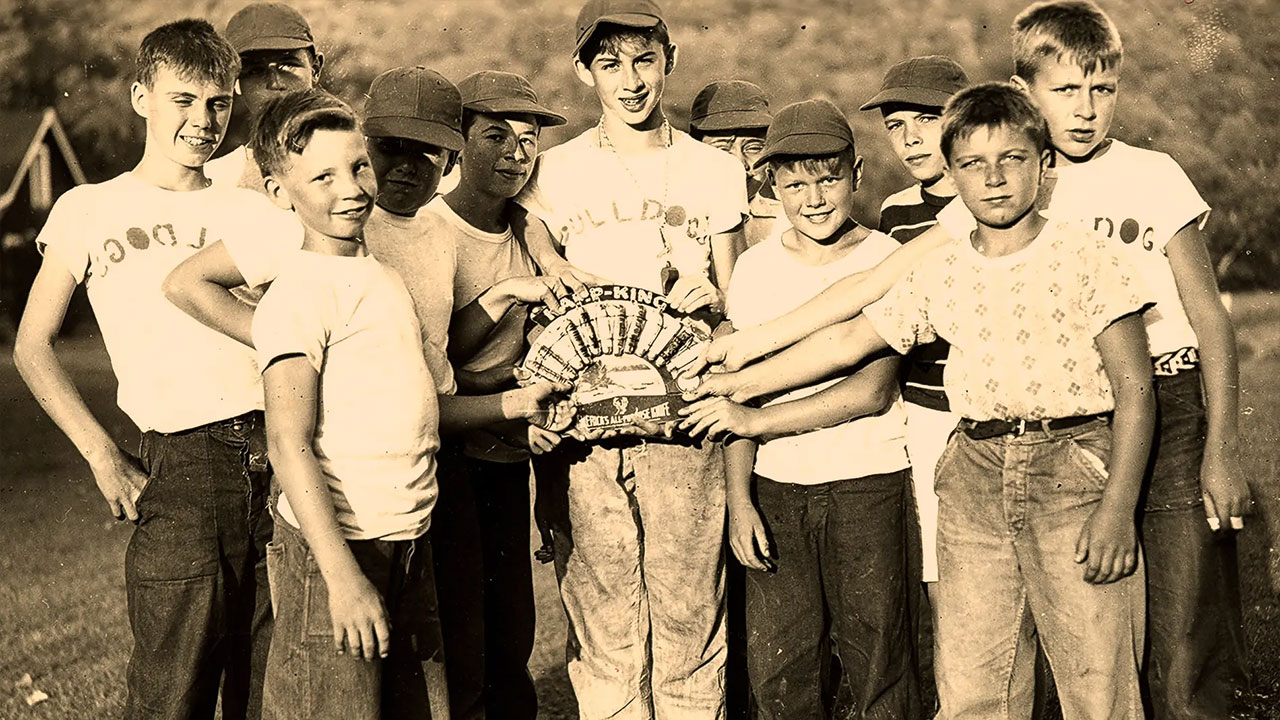
The University of Akron
Before that, groups don’t get along well with each other anyway. as an enemy saw and took action against it. At every stage of the competition, the winner is always the loser. it bothersThere was an environment in which quarrels increased.
Even the Eagles, at one point planted by the Rattles burned the flag. Then a fight broke out between them, and in response the Rattles of the eagles burned the flag.
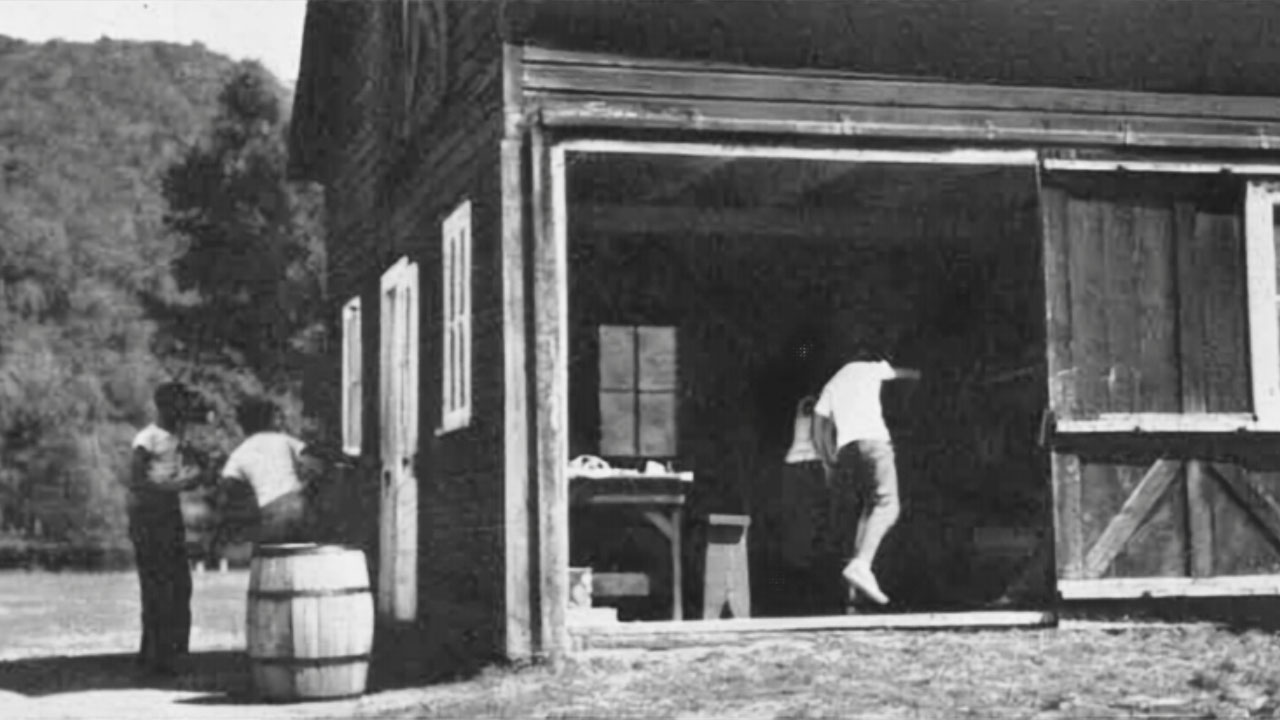
A dorm raid
After losing a game, the Rattles went to the Eagles. raided his camp at night. They overturned the beds and stole their belongings. Later, the Eagles gave the same answer. It was then up to the final stage of the competition to determine who would come out on top. From here, the Eagles were victorious, and they got the rewards. But when they’re not in their camp, the Rattles come stole your awards.
Do you think these two groups will join hands after this?
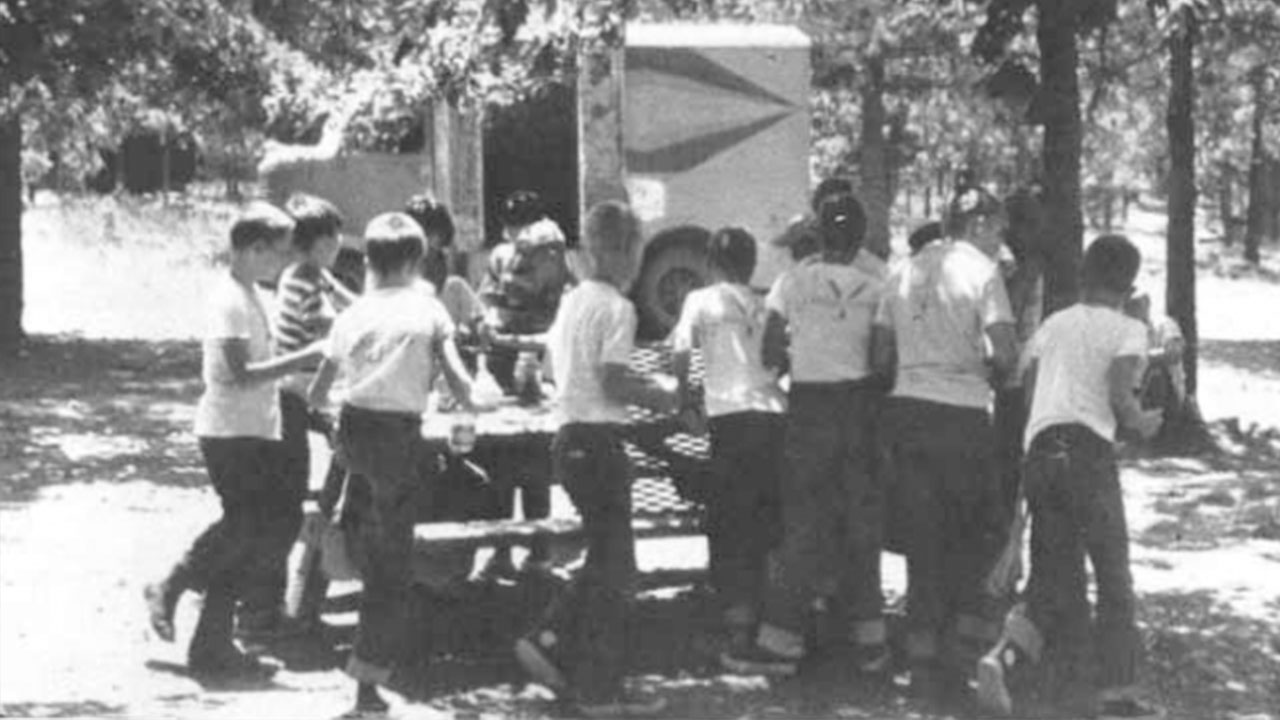
Children set the table together
The final stage was to see if the two groups could bounce back after so much conflict. For this, two groups will bring together events were organized. At the beginning of this stage, which started with activities such as watching movies and eating together, the children again insulted and insulted each other.
But what can bring two groups that hate each other together?
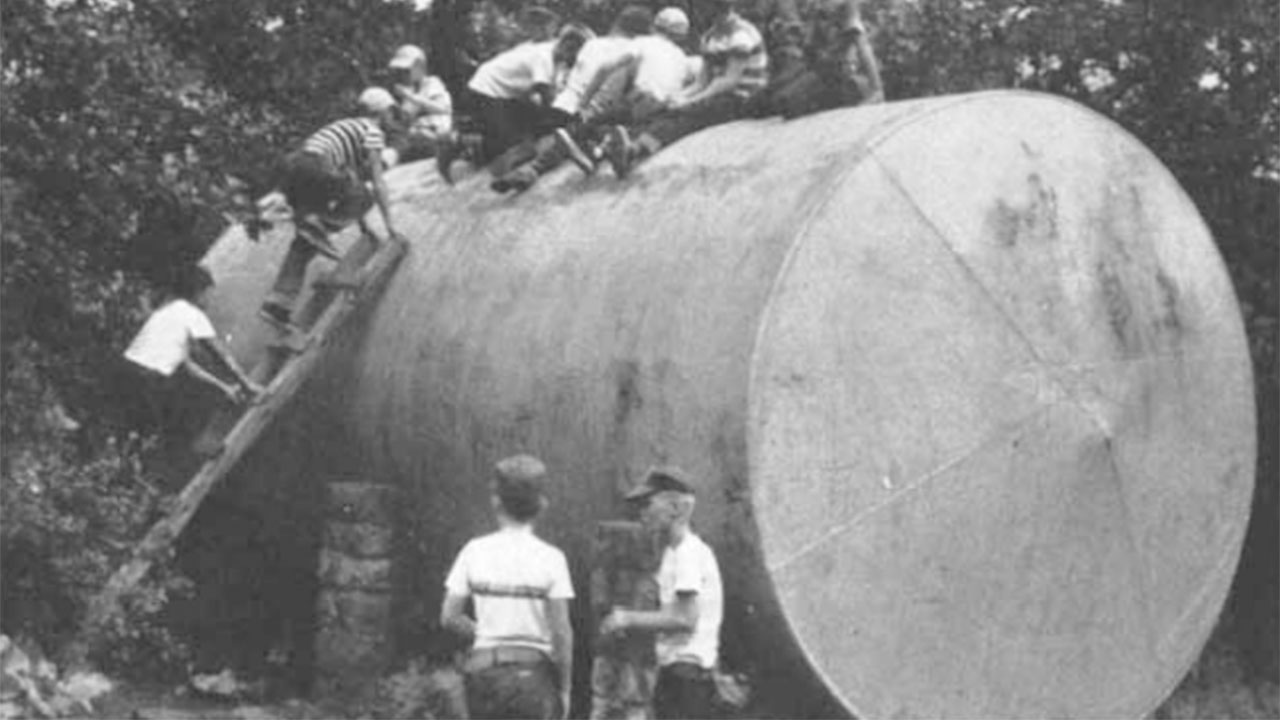
Children working together to solve the water problem
Yes, common goals. To use it, the Sheriff has to fix the problem by cutting off the water supply. both groups stated it was needed. After eliminating the problem, the children interestingly interact with a member from the other group. when they are alonedid not show as much aggression as they did in the group. But the friction between the groups continued as it had for a while.
After that, they found themselves in collaborative activities such as contributing to the budget for joint activities and getting the tour vehicle out of the jam. When the last trip is announced, there was no aggression. This meant that after all the turmoil and chaos, the wall in between had collapsed.
As a result of the experiment, it was found that in the competitive environment, intergroup friction increases with prejudice, especially when it comes to important resources, but that it is irreversible or an unchangeable state appeared not to be. This is the case in the world of psychology.realistic conflict theoryIt is known as ” (RCT). The experiment was also an example of the theory.
The experiment received intense criticism for its ethical controversies.
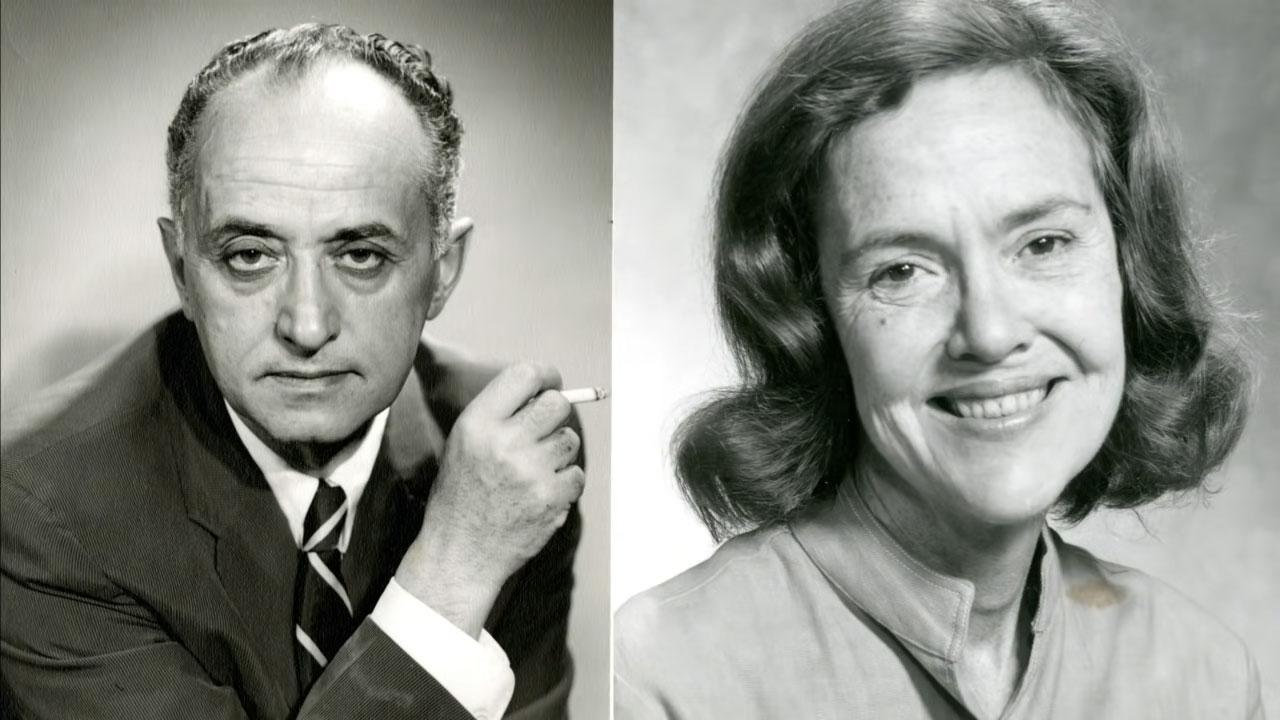
Muzafer Sherif and his wife Carolyn Sherif
What will become of children, parents, and teachers in the end? didn’t exactly know. We would like to say that at least the scientific world accepted it blindly, but the lack of an experimental environment as it should have created doubts for them as well.
What we talked about in the exam in 1953, about the fact that the children noticed the event and being a camp officer in the last experiment. lack of realismsome of the reasons for these doubts.
RELATED NEWS
We Have Seen Another Example With The “Dry Days” Movie Debate: Why Do We Want to Talk More About Something That Is Banned or Censored?
So what are your thoughts on this subject?
resources: Practical Psychology, Psychology Wizard, Muzafer Sherif, Plainly Difficult
